This article may contain paid links where we make a small commission for purchases you make from links that you click from this article. By purchasing through our links, you support us at no additional cost. Thank you for your support ❤️. For more details, read the disclosure page.
You can get from Tokyo to Hakone in less than 2 hours, so adding this ultimate Hakone itinerary to your Tokyo trip is a no-brainer! Known for its breathtaking views of Mt Fuji, famous ropeways over volcanic craters, and lakeside temples, Hakone has a lot to offer.
Built along the ancient Tokai-do road, Hakone was a place of respite for pilgrims and samurai traveling through the region. Soak your worries away and rest your tired feet in the area’s famous hot springs, which are said to have healing powers!
What You’ll Get Out Of This Article
This epic Hakone itinerary includes:
- Two cable car journeys into the mountains surrounding Hakone.
- An in-depth itinerary that will walk you through the Hakone Loop, including a surprise temple that isn’t on the usual route.
- Information about the local transport routes and best ways to get from attraction to attraction.
- Tips on how to get discounts on your entry ticket to the famous Open Air Museum.
- Great restaurant recommendations in the area, and breakfast, lunch, and dinner stops for each day of the itinerary.
- A stay at a friendly family-run ryokan in the town itself.
- A frequently asked questions section where you can learn more about the Hakone Free Pass and more!
2 Day Itinerary For Hakone
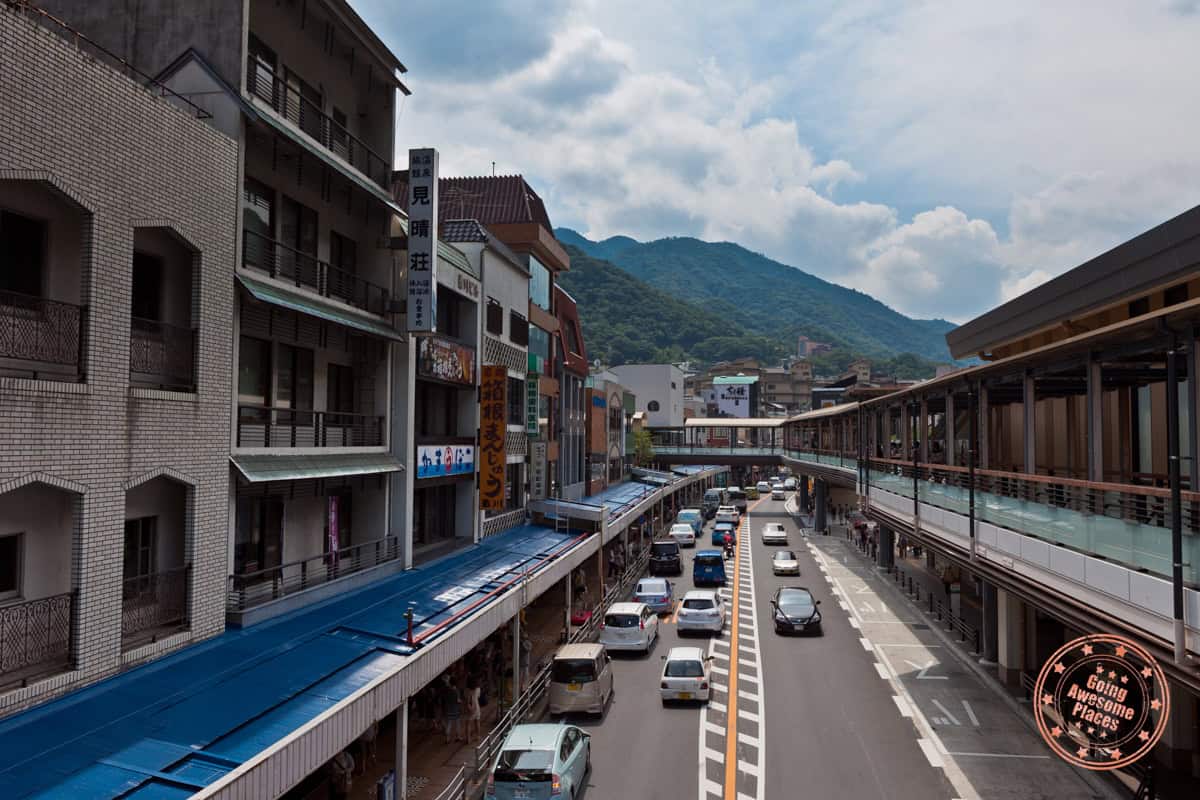
TOP TIPS FOR TRAVELING TO HAKONE
- Where to stay: Masutomi Ryokan is a family-run ryokan less than a 10-minute walk away from Hakone-Yumoto Station! The rooms come with breakfast and dinner included, and you can rent out the private onsen on the hotel’s rooftop if you want to relax at the end of a long day exploring. We use Booking.com for all of our stays and use the Genius discount to get great deals on our hotel bookings. Alternatively, you can always see if hotel corporate codes might work for you.
- Must pack item: Bring some warm layers as Hakone is in the mountains, and it can get chilly early in the morning and late at night.
- Recommended tour: Pick where you want to go and book this 6-hour private tour with a licensed guide! We loved how you could choose where you wanted to go and how friendly our guide was.
- Car rentals – You don’t necessarily need a car for this itinerary, but it will make it easier to get around! Make sure you know about ways to save money with car rental coupon codes and always start your search with Discover Cars and RentalCars so you know what the best deals are.
- Flights – If you are flying in from elsewhere, use the Skyscanner “Everywhere” feature to find the best deals from your local airport. Check how much it would be for you to get to Haneda Airport!
- Insurance – Not always required but always recommended! Make sure you’re covered with the best travel insurance. Our go-to is always HeyMondo for great all-round coverage at reasonable prices.
- Hottest deals – Never be without our frequently updated travel deals page.
Get ready to explore the drastic landscapes around Hakone, immerse yourself in the local history, and indulge in some me-time in one of Hakone’s most famous hot springs!
📚 Hakone Mini Guide 📚
🏨 Best Hotel – Masutomi Ryokan
🍴Where To Eat – Cafe Douce, Kappei Sushi, Coffee Camp, Bakery and Table, Kobe Beef Yakiniku Restaurant
🎟️ Best Places To Visit – Hakone Open Air Museum, Hakone Gora Park, Hakuun-do Chaen teahouse, Hakone Yuryo, Hakone Shrine, Mototsumiya
⭐️ Must Do Activities – book this day trip tour from Tokyo, Hakone Ropeway, book this Hakone tour from Tokyo, go on a 6-hour private tour with a licensed guide!
Hakone Day 1 – Arrive From Tokyo To Your Hotel, Visit Hakone Gora Park And The Hakone Open-Air Museum
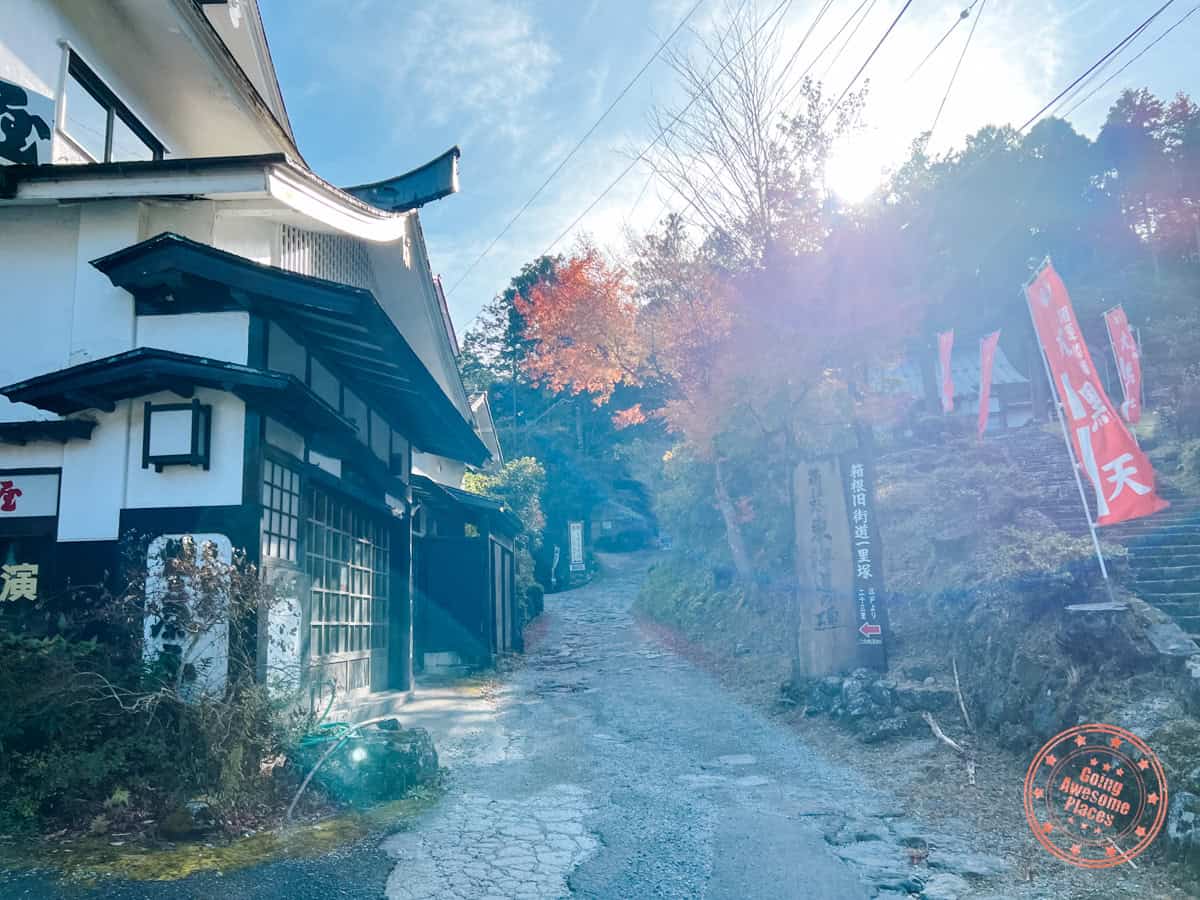
Set off as early as possible from Tokyo to Hakone so you can enjoy going sightseeing on the first day. The best way to get there is by train, and we recommend getting a Japan Rail Pass (JR Pass).
You can use the JR Pass to get the shinkansen bullet train from Tokyo to Odawara. It takes around around 30 minutes and is a key transfer point for trains to Hakone. If you just want to get a single shinkansen train ticket and skip getting a JR Pass, you can book a single train ticket here.
From Odawara, jump on a regular train to Hakone-Yumoto Station (which you’ll need to pay for as it isn’t covered by the JR Pass), Hakone’s main station. The Hakonetozan Line runs super regularly and takes just 20 minutes.
Using the JR Pass and taking the shinkansen bullet train to Odawara and then catching a regular train from there to Hakone-Yumoto Station is the quickest way, but if you don’t have a JR Pass you can also take a regular train from Tokyo to Hakone-Yumoto Station.
Without a JR Pass, the Limited Express Romancecar, which is run by Odakyu, is your best option. It’s an express train that takes about an hour and a half to get to Hakone from Tokyo’s Shinjuku Station.
Alternatively, you can rent a car and drive there in under an hour and a half. This might be a good option if you want to explore the Mt Fuji Five Lakes region as well as visiting Hakone on your trip.
Once you arrive at Hakone-Yumoto Station, less than a 10-minute walk away from your hotel is the traditional Masutomi Ryokan. Leave all your bags and take a minute to catch your breath after a long trip before heading back to the train station to start your first day of sightseeing!
Hop on a train to the nearby Gora Station, which is about half an hour away by train. You’re probably ready to eat something by now, so we’ve lined up a great breakfast or lunch spot, depending on when you arrive!
Cafe Douce is a cute family-run cafe that has great vegetarian options, which can be hard to come by in Japan. It’s just over a 10-minute walk away from the Gora Station, so it’s easy to get to. If you’re there in the morning, you can order one of their Western-style breakfasts or some of the cakes they bake themselves! They also have Japanese dishes that are perfect if you arrive at lunchtime.
From there, wander through the town to the Hakone Open Air Museum, which is just a 5-minute walk away from the little cafe. This awesome sculpture museum is one of the most famous attractions in the area, so we’re super excited to add it to our 2-day Hakone itinerary!
The museum has a lot of its exhibits outdoors, so it feels more like a sculpture park. We loved being able to wander through the art installations with views of the surrounding mountain landscape! Keep a lookout for the Symphonic Sculpture, the most notable piece on the museum grounds.
The Symphonic Sculpture is more like a little church than a sculpture. You can wander inside the circular structure, where you’ll be awed by the colorful stained-glass panels that decorate the walls from floor to ceiling. In the center of the sculpture, there’s a little spiral staircase that you can walk up to a viewing deck that has vistas over the park and the surrounding landscape!
One of the most famous areas of the museum is the Picasso Pavilion, which is an indoor exhibit that has two floors worth of his art. We loved the variation of his work on display. There are sculptures, ceramic pieces, and paintings alongside lots of information about his life and pictures of Picasso himself.
WHAT YOU NEED TO KNOW
- Address: 1121 Ninotaira, Hakone, Ashigarashimo District, Kanagawa 250-0493, Japan
- Hours: 9AM to 5PM each day. Last admission half an hour before closing!
- Price: Admission to the museum costs $13, and you can get a slight discount if you have the Hakone Free Pass.
- Tips: Don’t miss the Symphonic Sculpture. It’s our favorite exhibit! The spiral staircase that weaves through the stained-glass windows to a viewing point is a definite highlight of visiting the Hakone Open Air Museum.
- Getting there: The museum is just a 5-minute walk away from Cafe Douce, where you’ll stop for breakfast.
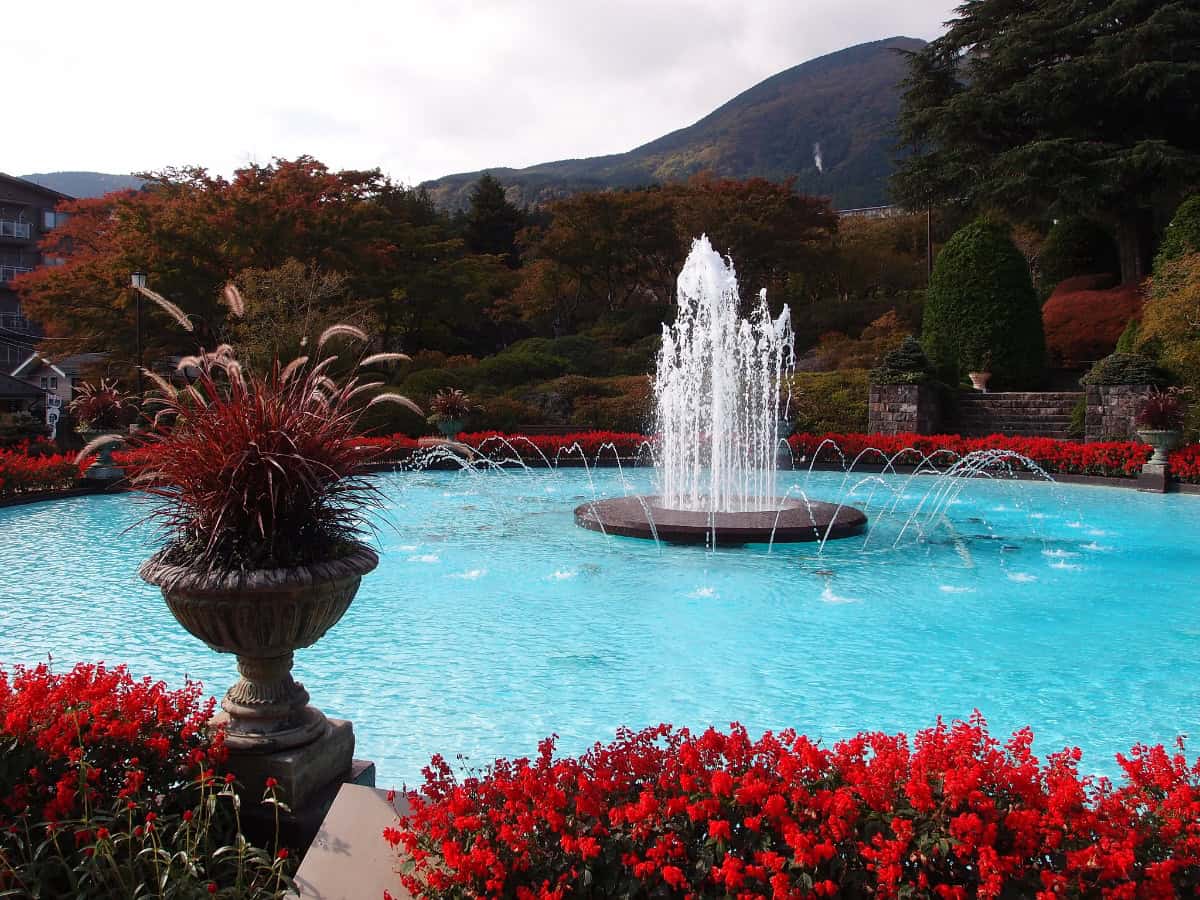 Image via Flickr by Guilhem Vellut
Image via Flickr by Guilhem VellutYou’ll spend a few hours at the museum, so you’re likely to have worked up an appetite by the time you leave. Stop for lunch at Kappei Sushi, a nearby sushi restaurant that has vegetarian and gluten-free options. Their sashimi is super fresh and delicious – you have to try it!
After lunch head back towards Gora Station, around a 15-minute walk away. Above the station, you’ll find Hakone Gora Park. Built onto a steep slope, the park has picturesque views over Hakone, and it’s a great place to go for a relaxing walk after a long day traveling.
Designed to replicate French gardens, the park has a large decorative fountain and a little rose garden. There are also two greenhouses, one has a tropical botanical garden inside it, whilst the other has a little flower garden.
If you’re crafty, you could even visit the Crafthouse in the park. They run workshops on glass etching and glass blowing as well as short pottery classes. If you’re traveling with kids, it’s a great opportunity for them to try something new!
Before you leave the park, stop for a green tea at the Hakuun-do Chaen teahouse that overlooks the park’s gorgeous fountain. The teahouse was established in 1910 and is made up of four little houses styled like the simple houses villagers used to live in. Hidden amongst the park’s greenery and connected by little stone paths, they feel tucked away from the world.
Take a moment to appreciate the surrounding tranquility and soak in the views. They also run traditional tea ceremonies; you can join if you want to learn about Japanese culture!
If you don’t have time to spend a few days in Hakone, book this day trip tour from Tokyo. It packs everything on days one and two of this itinerary into a one-day tour brimming with attractions.
WHAT YOU NEED TO KNOW
- Address: 1300 Gora, Hakone, Ashigarashimo District, Kanagawa 250-0408, Japan
- Hours: The little park above the train station is open from 9:30AM to 4:30PM every day of the week.
- Price: Admission to the park costs less than $4, but if you decide to do any craft workshops whilst you’re there or visit the cafe, you’ll have to pay extra for those.
- Tips: If you visit the teahouse, don’t expect there to always be a tea ceremony running. They have a cafe where they serve matcha tea in an unceremonious fashion, so you need to ask directly if you want to get involved with a tea ceremony.
- Getting there: The park is just a 15-minute walk away from the sushi restaurant where you’ll stop for lunch. Because it’s above Gora Station, it’s also the perfect place to end today’s adventures and head back to your hotel from.
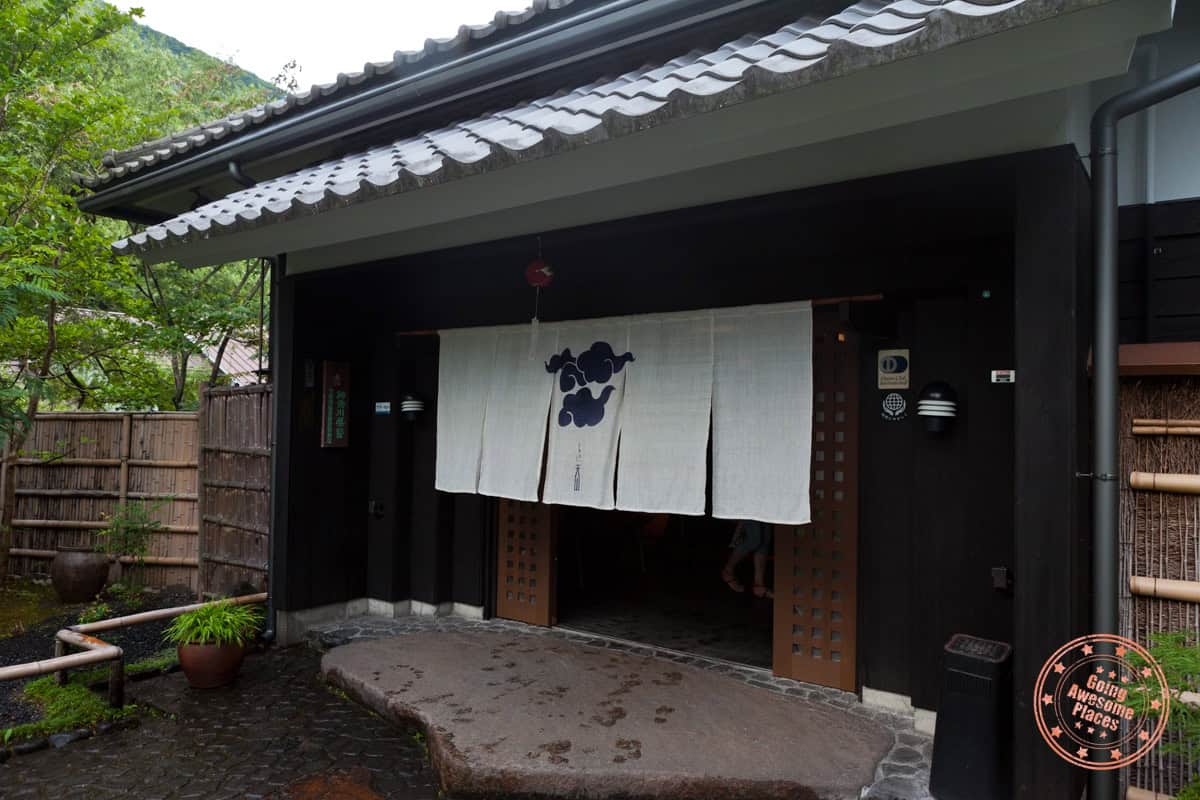 This is Tenzan Tohoji-kyo, a different onsen we visited on a separate trip.
This is Tenzan Tohoji-kyo, a different onsen we visited on a separate trip.After visiting the park, hop on the train back to your hotel. Take a moment to gather some stuff for the next activity and have a quick coffee before heading back out.
To end your first day in the Hakone region, we’ve got something extra special planned. Often called the hot spring theme park, the Hakone area is famous for its onsens (private bath houses). So, after a day of wandering around the town, head to Hakone Yuryo, an onsen that’s a short 15-minute walk away from your hotel.
They have indoor and outdoor hot springs, as well as a sauna! We loved the way all the baths blend in with the natural surroundings and felt nestled away from the town. Look out at the green trees and enjoy the rustic decor of the place.
If you’re traveling to Hakone with your partner, you should consider reserving one of their private onsens! That way, you can enjoy a more intimate experience, just the two of you. There’s also a spa area where you can book in for massages and different spa treatments!
One thing worth knowing before you go is that Japan’s public baths have quite strict rules on tattoos. They have some stick-on patches that you can cover your tattoos with, but they’re not very big, so if you have a bigger tattoo or a sleeve tattoo, you most likely won’t be able to go in.
WHAT YOU NEED TO KNOW
- Address: Japan, 250-0522 Kanagawa, Ashigarashimo District, Hakone, Motohakone, 80−1
- Hours: The public onsens are open from 10AM to 8PM on weekdays, and from 10AM to 9PM on weekends and holidays.
- Price: On weekdays, admission to the public baths costs a little over $11, and on weekends it’s around $13.
- Tips: If you have the Hakone Free Pass, you can get a discount on your entry fee!
Hakone Day 1 Summary
What you’ll see and do:
- Travel from Tokyo to Hakone by train, then check into your traditional ryokan hotel.
- Visit the famous Hakone Open Air Museum, which is home to the Picasso Pavilion, as well as the Symphonic Sculpture, an epic stained glass window sculpture with a viewing point.
- Wander around the little Gora Park near the train station. You can stop and do some crafts at the Crafthouse or sip on matcha tea at the Hakuun-do Chaen teahouse whilst you’re there.
- Unwind in a private onsen in the evening and get ready to take on the Hakone Loop tomorrow!
Where you’ll eat:
- Breakfast: stop for a Western-style breakfast at Cafe Douce. They have loads of vegetarian options!
- Lunch: Try the mouthwatering sashimi at Kappei Sushi.
- Dinner: Get a room with breakfast and dinner included and enjoy a traditional home-cooked Japanese meal at Masutomi Ryokan in the evening.
Where you’ll stay:
- Masutomi Ryokan is a family-run ryokan that feels traditional but has loads of modern facilities. The hotel is less than a 10-minute walk away from the Hakone Yumoto station too, so it’s in the perfect location for exploring the city and traveling further afield.
Hakone Day 2 – Take On Part Of The Hakone Loop
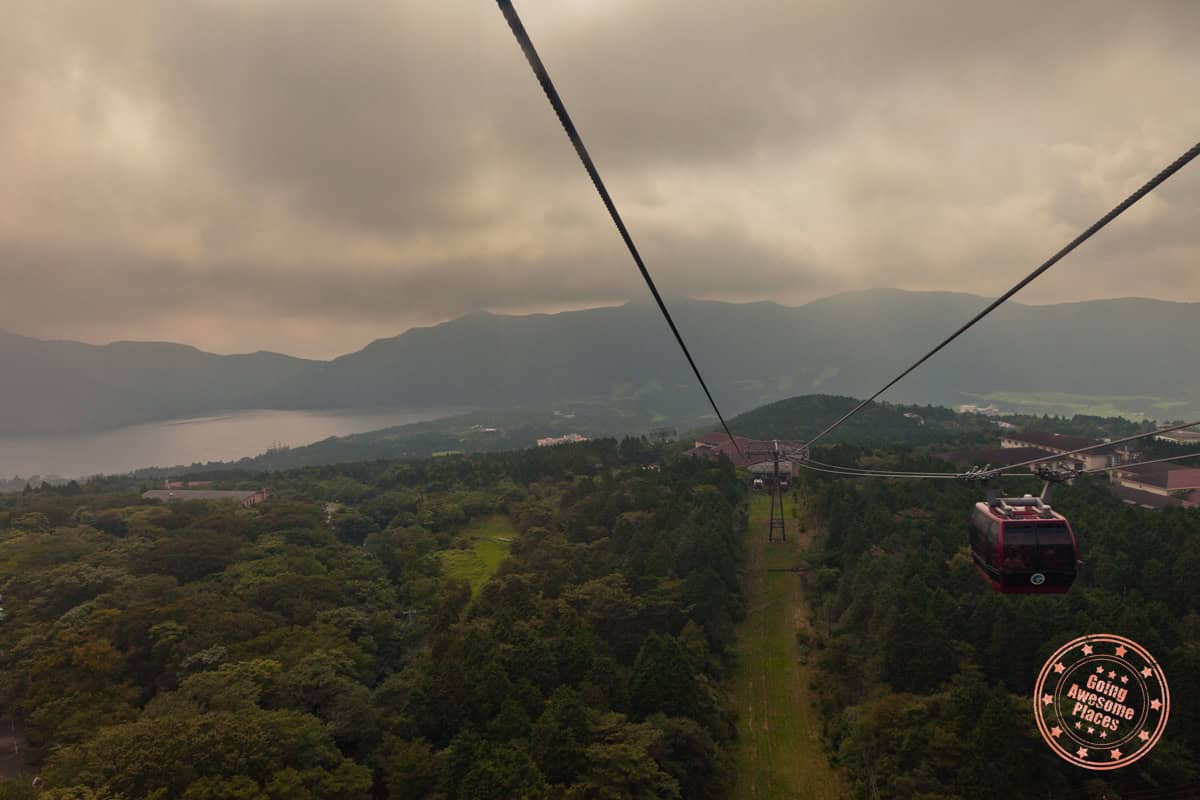
The Hakone Loop, also known as the Round Course, is a tour of the Fuji-Hakone-Izu National Park that surrounds Hakone. It’s an epic round-trip day tour that takes you to volcanoes, the area’s most scenic lake, and a Japanese shrine.
Before starting the day, have a traditional Japanese breakfast at your hotel! It comes included with your room, another reason why we love this family-run ryokan. Since it’s not unusual for cafes to open as late as 11AM in Japan, having breakfast at your hotel will also mean you can set off earlier.
Jump on a train at Hakone-Yumoto and travel to Gora Station on the Hakone Tozan Railway. There’s another cafe by the Gora Station that we recommend for breakfast if you decide to book a different hotel. Coffee Camp is a trendy and cozy cafe that serves classic breakfasts like egg on toast, and awesome coffee. The best thing is it’s just round the corner from the train station. Unlike most cafes in Japan, it opens at 8AM!
From the Gora Station, you’ll take the Tozan Cable Car to Sounzan Station. The cable car runs every quarter of an hour and takes just 10 minutes. This is where the iconic Hakone Ropeway begins! The gondolas can fit up to 18 people into them, so you won’t be alone but there’s a real buzz in the air as everyone’s anticipating the journey ahead.
Board the Hakone Ropeway and you’ll be swept off the ground and carried across the crater of Mount Hakone volcano. It is a really cool experience traveling across the crater and looking down at the grey sulfur geysers releasing spouts of sulfur fumes!
The views of the surrounding valley and mountains are awesome too. On a clear day, you can even catch glimpses of Mt Fuji in the distance – so get your camera ready for this leg of the trip. The first stretch of the Hakone Ropeway ends at the edge of the crater, at Owakudani Station.
Fancy putting your taste buds to the test? Then try the Owakudani black eggs that they sell at the souvenir store. They start as normal chicken eggs, but then they are hard-boiled in the sulfurous springs around the volcano, so they get really smelly! If you can get over the smell, legend has it that eating a single egg will add 7 years to your life.
When you’re done taking in the views and you’ve tried an Owakudani black egg (or not!), hop on the Hakone Ropeway cable car and travel down the volcano to Togendai Port. Overall, the cable car journey takes just under half an hour and covers a distance of 4 kilometers, making it one of the world’s longest ropeway rides!
WHAT YOU NEED TO KNOW
- Address: Gora, Hakone, Ashigarashimo District, Kanagawa 250-0408, Japan
- Hours: The operating times for the Hakone Ropeway vary a little from season to season. In spring, summer, and autumn, it runs from 8:45AM to 5:15PM, whilst in winter the cable car runs from 9:15AM to 4:15PM.
- Price: The cable car cost is covered by the Hakone Free Pass, which also covers the boat and train rides on the Hakone Loop. Make sure you get the Hakone Free Pass for today! You will just need to show them your pass at each stage of the ropeway before you can board.
- Tips: Bring some binoculars if you want to get a closer look at the active volcano geysers as you travel across Mount Hakone’s crater.
- Getting there: The ropeway starts at Souzan Station, which is accessible via the Tozan Cable Car.

Get ready for the next leg of adventure – a cruise across Lake Ashinoko on a pirate ship! The Hakone Ropeway drops you off at Togendai Port, where you’ll see lots of decorative pirate ships waiting along the shore.
Popular because of the Mt Fuji views in the distance, the lake is one of the best places to see Japan’s 12,388-foot mountain from. The snow-capped peak towers over the lake and surrounding forest, adding an air of mysticism to the cruise.
All in all the cruise lasts about 30 minutes, but you’ll remember the scenery for a lifetime! We couldn’t get over how beautiful the lake is too. Little boats bob up and down on the lake’s shores and the whole area feels wild and untouched.
Towards the end of the journey, you’ll catch glimpses of Jinjya Heiwa-no-Torii in the distance. The giant floating red torii gate is by the Hakone Shrine and is one of the most impressive attractions in the Hakone region.
An important thing to know is that there are two places the boats leave from Togendai Port dock at. Some of them dock at Hakone-machi, and others dock at Moto-Hakone Port. Unless you really don’t fancy adding any walking to the day, we’d recommend boarding a pirate ship that docks at Hakone-machi.
From there, you’ll need to walk to Moto-Hakone Port anyway, but the walk is beautiful. The path travels along Ancient Cedar Avenue from one port to the other, weaving along the lake’s shores and through the forest.
Once you arrive at Moto-Hakone Port, refuel at the Bakery and Table. One of the reasons we love it so much is because there are loads of food options. The ground floor is a bakery that sells all sorts of sweet treats and sandwiches, whilst upstairs on the second and third floors, there’s a restaurant area with a separate menu where you can stop for a sit-down lunch with lakeside views.
WHAT YOU NEED TO KNOW
- Address: 164 Motohakone, Hakone, Ashigarashimo District, Kanagawa 250-0522, Japan
- Hours: The boats leaving from Togendai Port run from 9:30AM to 5:00PM.
- Price: The pirate ship cruise is covered by the Hakone Free Pass, which also covers the ropeway and train rides on the Hakone Loop.
- Tips: Lake Ashi changes drastically with the seasons. For the best shot of seeing Mt Fuji, which is often covered by clouds, come in the winter.
- Getting there: The boats leave from Togendai Port where the ropeway drops you off, so you don’t need to worry about the logistics of getting to the cruise’s docking point.
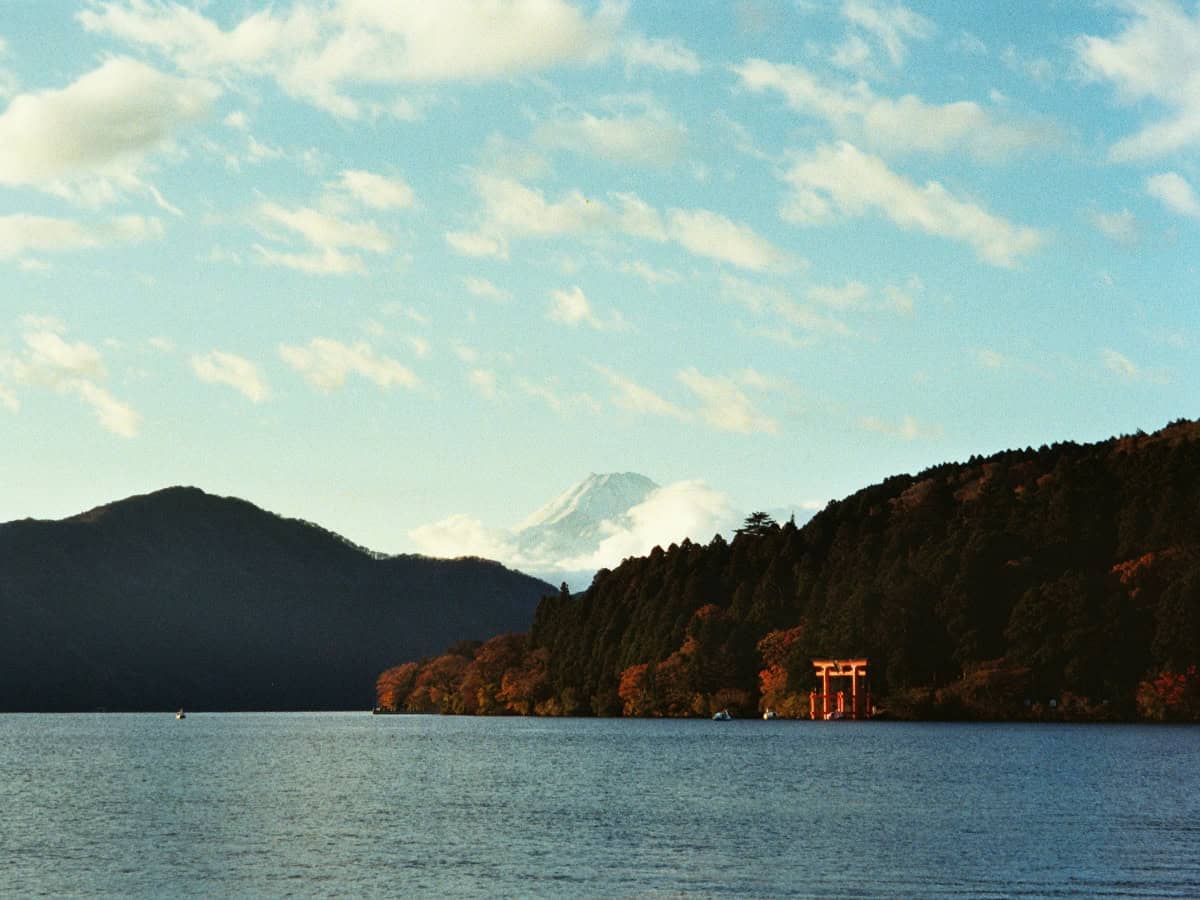 Image via Unsplash by Riccardo Orlando
Image via Unsplash by Riccardo OrlandoAfter lunch, visit the Hakone Shrine, also called the Hakone-jinja Shrine. The temple dates back to 757 and became known around Japan when it became a popular spot for military commanders and samurai to come to pray. Travelers have also used the spot as a site of worship as they journey through the Hakone area.
The temple is built in a traditional Japanese style and resembles many of the temples dotted around the country. But one thing that makes it stand out among the rest is the enormous heiwa-no torii, the ‘red gate of peace’ that was built by the temple on the waters of Lake Ashinoko. From the torii gate there are 89 steps that lead you to the shrine.
From the pirate ships you can spot the torii gate, but not the temple buildings that are hidden away in the dense forest. Taking pictures with the big torii gate is a must whilst you’re at Hakone Shrine.
Another peculiar feature of the shrine is the nine-headed dragon fountain. Legend has it that villagers around Lake Ashinoko were once threatened by a terrifying nine-headed dragon that roamed the region. The dragon was pacified by a local priest, and peace was restored. Drinking from the fountain before wandering into the temple is thought to bring luck in love!
Now, a festival is held each year at the shrine in honor of the dragon. Called the Ashiniko Kosui Matsuri festival, it’s held on the 31st of July each year. Thousands of fireworks are set off and burst in a colorful display over Lake Ashi!
If you’re worried about the cost of everything adding up, book this Hakone tour from Tokyo. The cost includes train tickets from Tokyo as well as the Hakone Free Pass, so you don’t have to worry about anything!
Alternatively, opt for this local tour and pick where you want to go on a 6-hour private tour with a licensed guide!
WHAT YOU NEED TO KNOW
- Address: Kanagawa, Ashigarashimo, Hakone, Motohakone 80-1
- Hours: You can visit the shrine and torii gate anytime, but the Treasure House is only open from 9AM to 4:30PM.
- Price: The pirate ship cruise is covered by the Hakone Free Pass, which also covers the ropeway and train rides on the Hakone Loop.
- Tips: If you want to see Lake Ashi lit up by a vibrant firework display, visit the shrine on the 31st of July when they celebrate the annual Ashiniko Kosui Matsuri festival.
- Getting there: From the Hakone-Machi docking point, it’s a scenic 25-minute walk along the Ancient Cedar Avenue to reach Hakone Shrine. On the other hand, if your cruise docks at Moto-Hakone Port, it’s a little closer, but you’ll miss the Ancient Cedar Avenue.
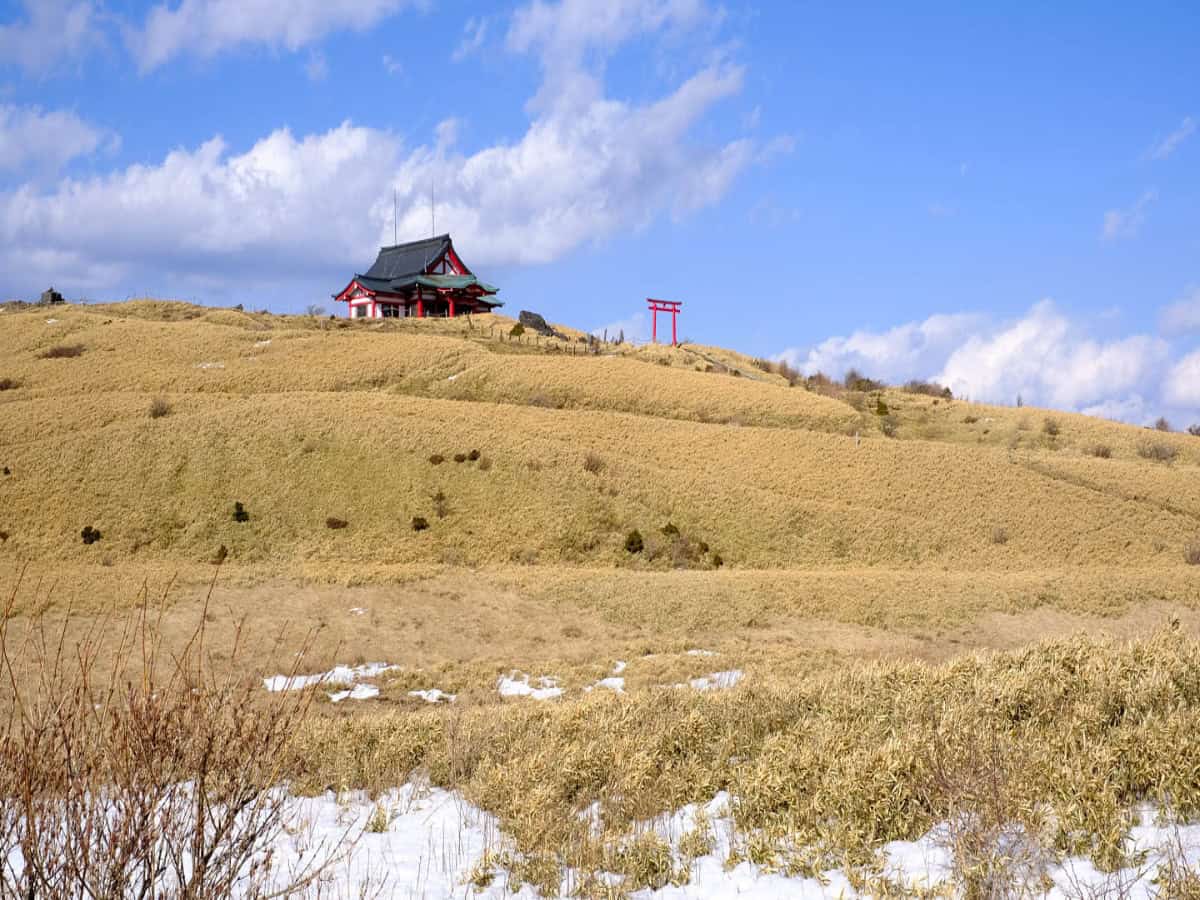 Image via Flickr by NeilM20
Image via Flickr by NeilM20If you’ve got time, you can also visit a second shrine, Mototsumiya or the ‘original shrine’, which is on the summit of Komagatake. To get there you’ll need to walk to Hakone-en, where the Hakone-Komagatake Ropeway leaves from. As the ropeway journeys up the mountain there are stunning views of Lake Ashi and Mt Fuji.
On really clear days you can even catch glimpses of Tokyo’s skyline in the distance! You can hike to the second shrine from Hakone Shrine, but it takes a good 2 hours, so it’s unlikely you’ll have time on this trip! Save your knees from the steep incline and take the ropeway instead.
The line climbs up Mount Koma from the shores of Lake Ashi and has been running since 1963. On a clear day, the views of Mt Fuji are stunning!
After that, walk back to Moto-Hakone and get the Hakone Tozan bus to Hakone-Yumoto. The second day of this itinerary has a particularly packed schedule, so enjoy the rest of the evening chilling at your hotel and eating their home-cooked dinner.
If you’ve opted for a different hotel, then have dinner at Kobe Beef Yakiniku Restaurant. The place doesn’t look like much from the outside, but their Kobe beef is to die for. If you really want to splash out, get their sampling experience in advance and try everything on the menu!
Once you’re back at your hotel, you can pay a little extra to rent the private onsen which is on the rooftop for an hour, the perfect way to wind down after a day exploring Hakone. They also have rooms that come with breakfast and dinner included, so for dinner, try the awesome home-cooked food they prepare at the hotel.
WHAT YOU NEED TO KNOW
- Address: Japan, 250-0522 Kanagawa, Ashigarashimo District, Hakone, Motohakone, 80−1
- Hours: The temple is always open, but the ropeway only runs from 9:00AM till 4:30PM.
- Price: Because the second ropeway isn’t a part of the Hakone Loop, you will have to pay an additional fee to use it. It costs $12 for a roundtrip for adults!
- Tips: Bring a warm jacket! The Mototsumiya Shrine is pretty high up in the mountains, so it can get chilly even on sunny days.
- Getting there: Take the Hakone-Komagatake Ropeway from Hakone-en to the temple at the top of the Komagatake mountain.
Hakone Day 2 Summary
What you’ll see and do:
- Ride the epic Hakone Ropeway over the crater of the still-active Mount Hakone volcano. The spouting geysers below are especially impressive!
- Soak in breathtaking views of Mt Fuji from the waters of Lake Ashinoko.
- Board a pirate ship, which will take you across the lake to Hakone Shrine.
- Visit the giant floating torii gate at Hakone Shrine.
- Take the second ropeway of the day up to Mototsumiya Shrine, which has epic views that stretch all the way to Tokyo.
- Rent the private onsen on the rooftop at your hotel and soak your feet after a long day.
Where you’ll eat:
- Breakfast: Have breakfast at the ryokan stay we’ve picked for you or stop at Coffee Camp around the corner from Gora Station.
- Lunch: Grab a bakery treat to go or stop for a restaurant lunch with lake views at the Bakery and Table.
- Dinner: Eat the home-cooked food at Masutomi Ryokan or splash out on a Kobe beef extravaganza at Kobe Beef Yakiniku.
Where you’ll stay:
- Masutomi Ryokan is right by the train station, so it’s super easy to travel to and from. Another thing we love is that they have a private onsen on the rooftop that you can hire!
Interactive Map Of Hakone
We’ve designed this handy interactive map with all the attractions and restaurants on this itinerary pinned for you! Download it ahead of your trip and use it to navigate the Hakone region.
A Bit About The Hakone Region
Hakone is a town in the southwest of the Kanagawa Prefecture. It was built on the southern bank of Lake Ashinoko in the caldera of the old Mount Hakone volcano. It’s also in the Fuji-Hakone-Izu National Park, which is characterized by dense forest and lush mountains.
Hakone is surrounded by dramatic landscapes that will capture your imagination! As well as the lake and volcano, Hakone is a gateway town to Mt Fuji. You can see the famous mountain from lots of places in the Hakone area, and Lake Ashi even made it onto our guide to the Best Places to See Mt Fuji from (coming soon).
But that’s not all Hakone has to offer. The area’s hot springs attract thousands of visitors who come to laze in the onsens dotted around Hakone. It’s thought that the waters of Hakone’s hot springs have healing properties! Incredibly, one of the hot spring resorts in the area, Miyanoshita, dates back to the Edo period!
A Little Local History
Hakone was built along the historic Tokai-Do road and was a place where tired travelers would stop to rest and rejuvenate in the healing local hot springs. The ancient route connected Kyoto and Tokyo during the Edo period. Noblemen, samurai, and religious pilgrims have all traveled along this historical route!
Hakone Packing Guide
Hakone is a city destination with lots of alluring nature spots in the surrounding area that you’ll want to visit. Pack casual clothes, and consider the specific items in this packing guide:
- Comfortable shoes: Wandering around Hakone and visiting the breathtaking outdoor attractions in the surrounding landscape viewing involves a fair amount of walking! So, pack your comfiest trainers or even some lightweight hiking boots. If you’re visiting in the summer, you might want to consider bringing some hiking sandals, so you don’t get too hot.
- Pack a warm jumper: Because Hakone is in a mountain region, it can get a little chilly early in the morning and late at night.
- Bring a lightweight raincoat: We’d also recommend bringing a raincoat, especially if you’re visiting in autumn. October is the rainiest month of the year in Japan.
- Bring your best camera: Going to Japan is a once-in-a-lifetime opportunity! You might want to think about packing other accessories like selfie sticks and camera hood lenses too.
- Bring some binoculars: On the second day of this itinerary, you’ll travel across a volcano crater, so bring some binoculars if you want to get a closer look at the active volcano geysers.
- Remember to pack a travel adapter: You’ll need a two-pronged Type A for Japan, so check your plugs to see if you need to get an adapter ahead of your trip.
- Get some Japanese Yen ready before your trip. It’s always a good idea to pack some cash in the local currency before your trip in case you need cash to pay for your transport from the airport or you find yourself in a sticky situation.
- Check ahead of time that you can use your bank card to take out Japanese Yen whilst you’re abroad without being charged hefty fees! If not, plan ahead and bring all the travel money you think you’ll need. In our 10-day Japan itinerary, we estimated it costs about $147 per person per day to travel in Japan.
- Check if you need a Visa ahead of your trip! Most countries don’t need a Visa for a short holiday in Japan, but make sure you check the unique requirements for your country, so you don’t run into any unexpected problems. You can find out more on the Ministry of Foreign Affairs of Japan website.
- Bring hand sanitizer: It’s not unusual for there to be no soap in public and restaurant toilets in Japan.
Immerse Yourself In Hakone’s Surrounding Landscape And Switch Off In The Local Hot Springs
We think this Hakone itinerary is a great addition to a trip to Tokyo! Escape the hustle and bustle of the city and immerse yourself in the natural landscape around Hakone. Travel over volcanic craters with geysers erupting beneath you, go on a pirate cruise across Lake Ashinoko with Mt Fuji views, and visit the city’s cool sculpture museum and park.
To top it off, schedule an evening of me-time relaxing in a hot spring. It wouldn’t be a trip to Hakone without visiting the area’s famous hot springs that have rejuvenated travelers for hundreds of years!
Hakone Frequently Asked Questions
How much time do you need in Hakone?
There are tours from Tokyo to Hakone that go to all the main attractions and destinations in the area in one day. But we think packing everything into one day would be quite overwhelming, and you’d miss out on one of the best things to do in Hakone – relax in an onsen!
We think that two days and one night is the minimum amount of time you should stay in Hakone, but you could easily stretch your stay to three days. Hakone has more to offer than just the Open Air Museum, there are endless opportunities to get out into the surrounding mountains, lake, and national park.
We also think you should plan at least one afternoon of doing nothing and chilling in an onsen!
How can you get around Hakone?
Hakone is well connected to other major cities like Kyoto and Tokyo by train. From the town itself, you’ll find yourself using all kinds of modes of transport to get around. Boats and ropeways are some of the most fun!
You could also rent a car if you want to travel from Hakone to the Fuji Five Lakes region, but you don’t need a car if you’re just planning to go to Lake Ashinoko and visit the Mount Fuji volcano crater.
What does the Hakone Free Pass include?
The Hakone Free Pass is a no-brainer if you’re planning to do the Hakone Loop that’s included in this guide. The pass includes unlimited use of the boats, cable cars, buses, and trains run by Odakyu Railway.
There are also discounts included to certain attractions in the area, like the Open Air Museum. You can also get huge discounts on a roundtrip train journey from Tokyo’s Shinjuku Station using the Hakone Free Pass.
There are 2-day and 3-day passes available to choose from, depending on how long you’re planning on being in the Hakone area for.
What is the best time to visit Hakone?
Hakone is a great year-round destination that has something to offer in every season. In winter, there is generally less cloud cover around Mt Fuji, so it’s the best time of year to come if you’re hoping for good visibility of this iconic mountain.
In spring, the cherry blossoms come into bloom from late March to mid-April. The pastel pink flowers bring the shores of Lake Ashi to life and add a touch of color everywhere you go.
Hoping for some heat? Then visit during summer when the temperatures are warm and sunny. Fall is also incredibly pretty. Because Hakone is surrounded by dense forest, the fall season turns the valley around Lake Ashi shades of red and orange.
Is Hakone a good place to see Mount Fuji?
Hakone is one of the best places in Japan for views of Mount Fuji! There are loads of places in the mountains surrounding Hakone to see Mt Fuji from, but for the best views of the snow-capped summit take a trip on the Hakone Ropeway, admire the mountain from the shores of Lake Ashinoko, or travel on the Hakone-Komagatake Ropeway to the Mototsumiya temple built at the top of Mount Komagatake.
Japan Trip Planning Essentials And Discounts
If you’re in the middle of booking your trip to Japan, here are the most important places you need to go to book:
- JR Pass – The two most reliable places we always check are JRailPass and JRPass. If you are taking long distance Shinkansen across multiple region, get the full JR Pass. If you’re focusing on one specific area, you only need a JR regional pass. The official booking platform is Smart-Ex.
- Shinkansen – The JR Pass prices have gone up and for many of you, it’ll make more sense to book tickets individually. The secret is that when you buy your Shinkansen tickets through Klook offers special vouchers for Don Quijote and BIC when booking. Their tickets are super easy to redeem as well. Right now, use code SKS10OFF to save $10 USD off.
- Hotels/Ryokans – In Japan, the best website for accommodations, hands down is Agoda. When we’ve compared them against Booking, Agoda consistently came out cheaper.
- Tours – While Viator and GetYourGuide are our go-to’s, Klook and KKDay are much popular in Asia so it’s always worth comparing across all of them to make sure you get the best price. With Klook, use code GOINGAWESOMEPLACES to save up to 10% on your first booking.
- Pocket Wifi – While we do love eSIMs, having a pocket wifi is great for sharing data with a large group. The most popular is NinjaWifi which is easy to pick up at the airport. Use code AWESOME15 to save 15% (automatically applied). Alternatives are offered by JRPass and JRailPass but they aren’t as cheap. For a more global solution, consider Solis and PokeFi.
- eSIM – The best one is Airalo. Save money by getting the Japan region eSIM and use referral code WILLIA9500 to get $3 USD credit on your first purchase. From now to Feb 29, the 10GB package is half price as well! Ubigi is another one that we’ve had success with where they uniquely offer 5G coverage. Use code AWESOME10 to save 10% on your first order.
- Car Rental – Big companies like Budget, Avis, and Enterprise operate in Japan but they’re usually the most expensive. The best companies are the local Japanese ones such as Toyota Rentacar, Nippon Rentacar, Orix Rentacar, Nissan Rentacar, and Times Car Rental. To make things easier, use Rentalcars and Klook to compare prices all in one place. Don’t forget, you need an IDP to drive in Japan so get one before you leave your home country.
- Learn Japanese – It helps to know even a bit of the language before you go. Start your learning with Rosetta Stone Japanese.
- Cash or credit – Cash is still very important to have in Japan but when you use credit cards, make sure you’re not getting charged those extra exchange rate fees. The best card right now is the Wise Multi-Currency Card which is actually a debit card where you can convert at favorable rates beforehand. This cuts out any sneaky transaction fees.
- Travel Insurance – Make sure you’re covered in case something happens. Get quotes from HeyMondo where booking through our link gets you 15% off automatically and if you’re from Canada, get quotes from RATESDOTCA.
- Shopping – Discovering Don Quijote is a quintessential part of the Japan experience. The secret for tax-free shopping is that they have a coupon that can help you save 10% off + additional 5% off if you spend ¥10,000 or more.


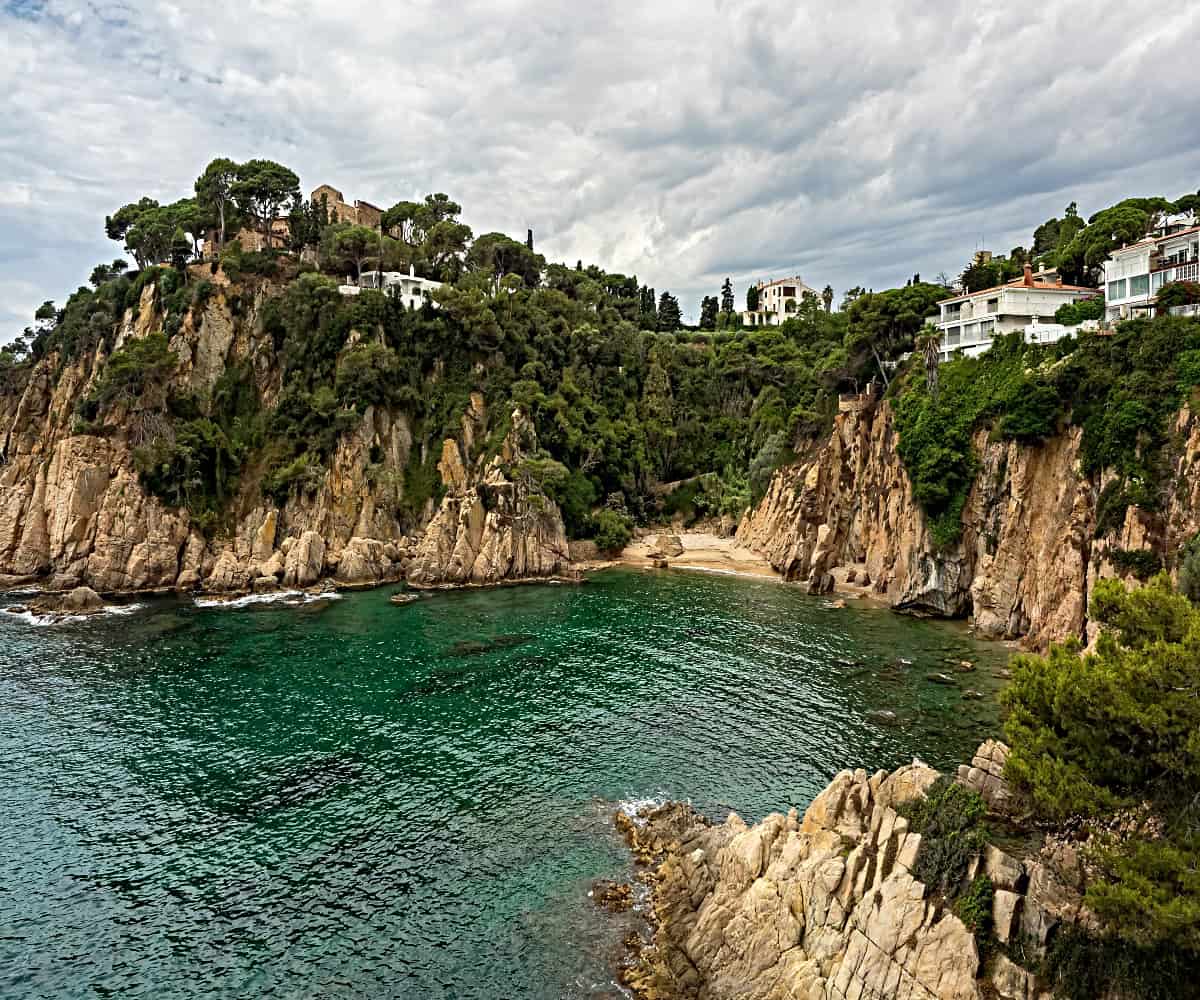
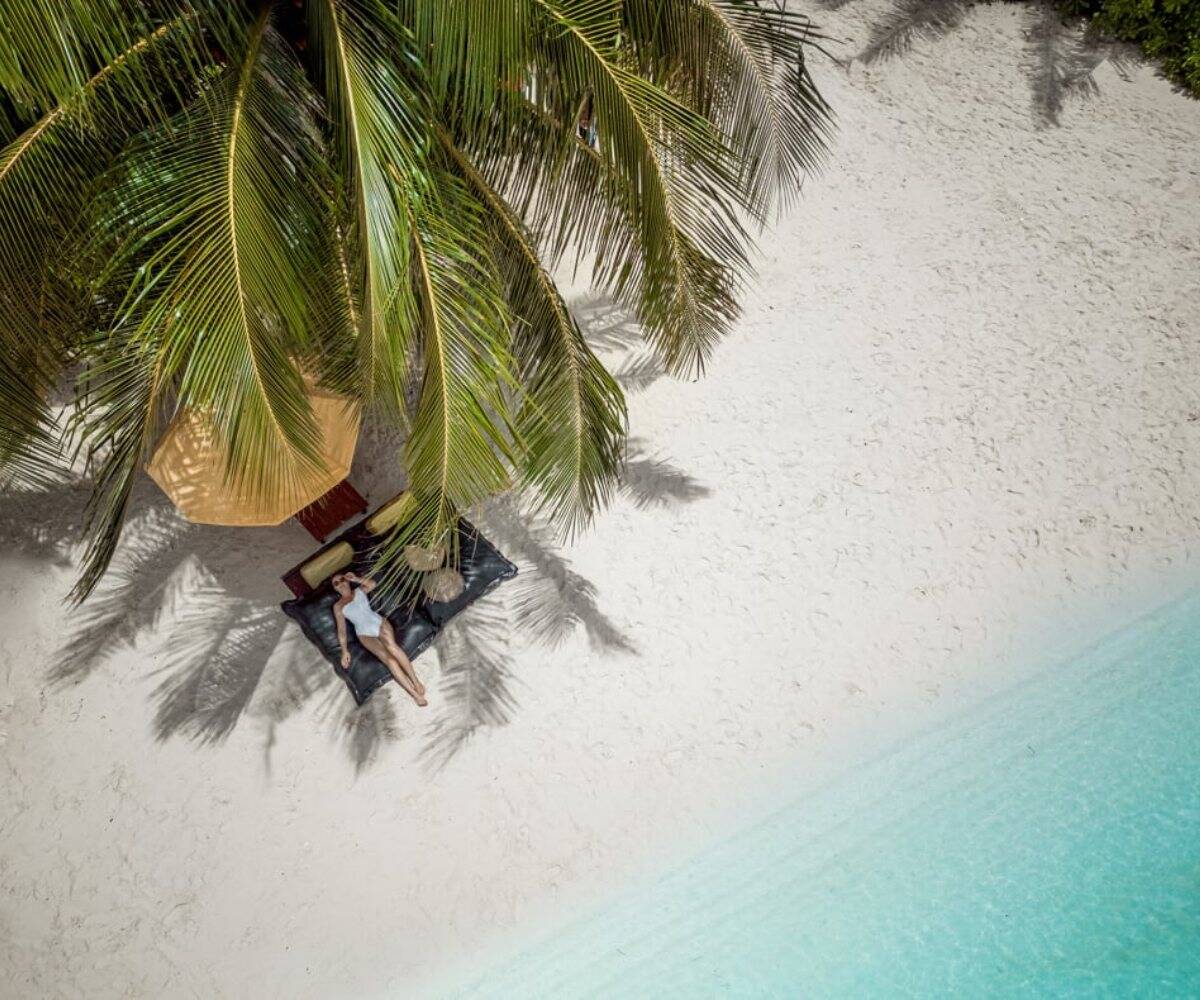
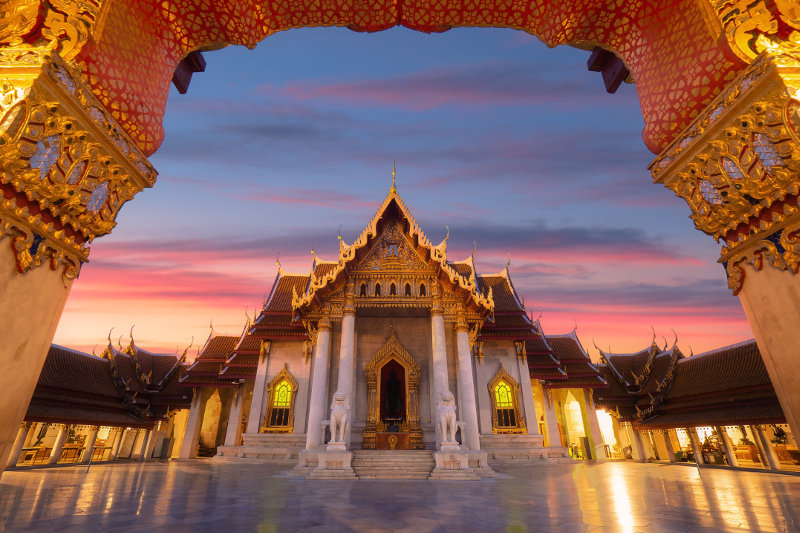

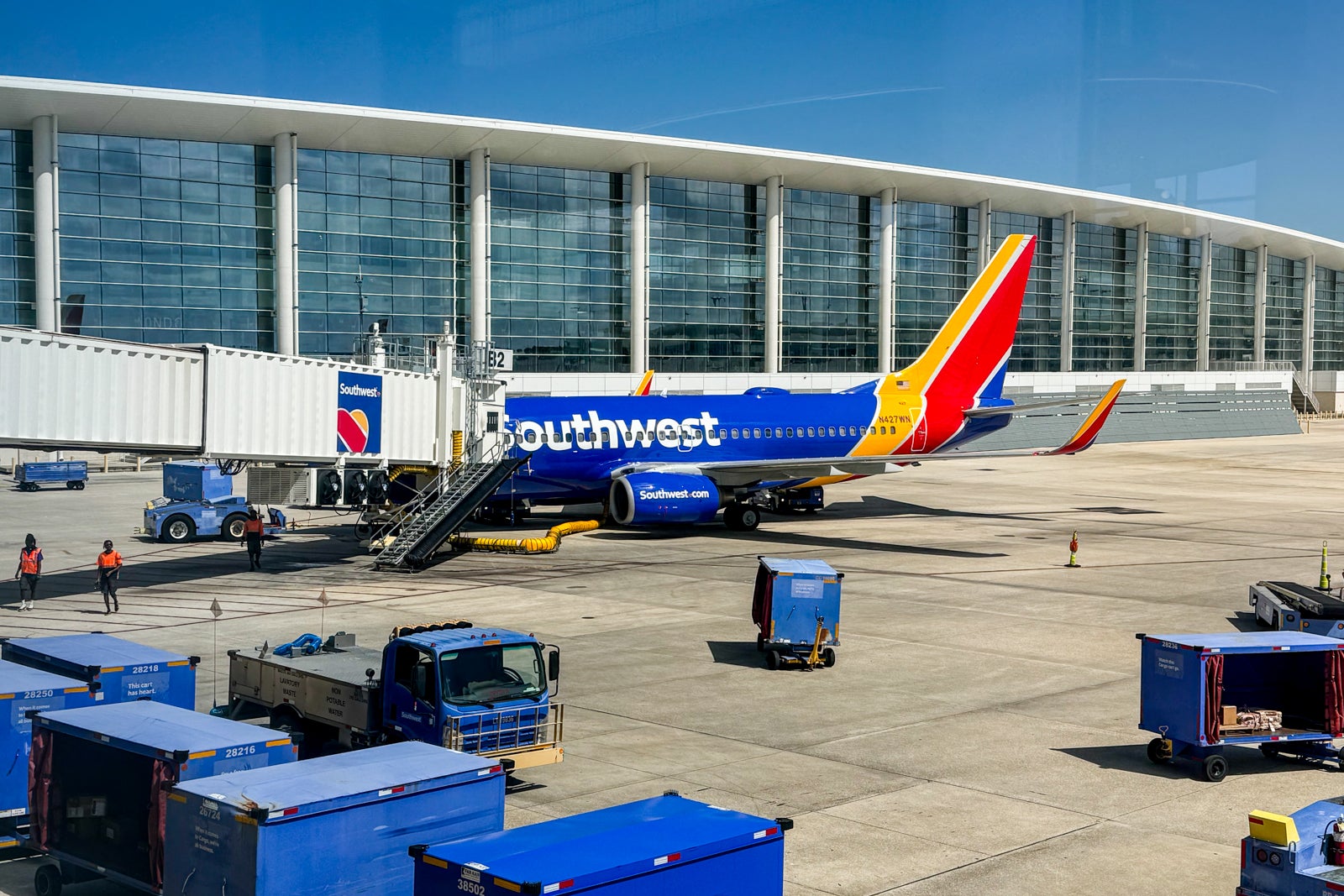
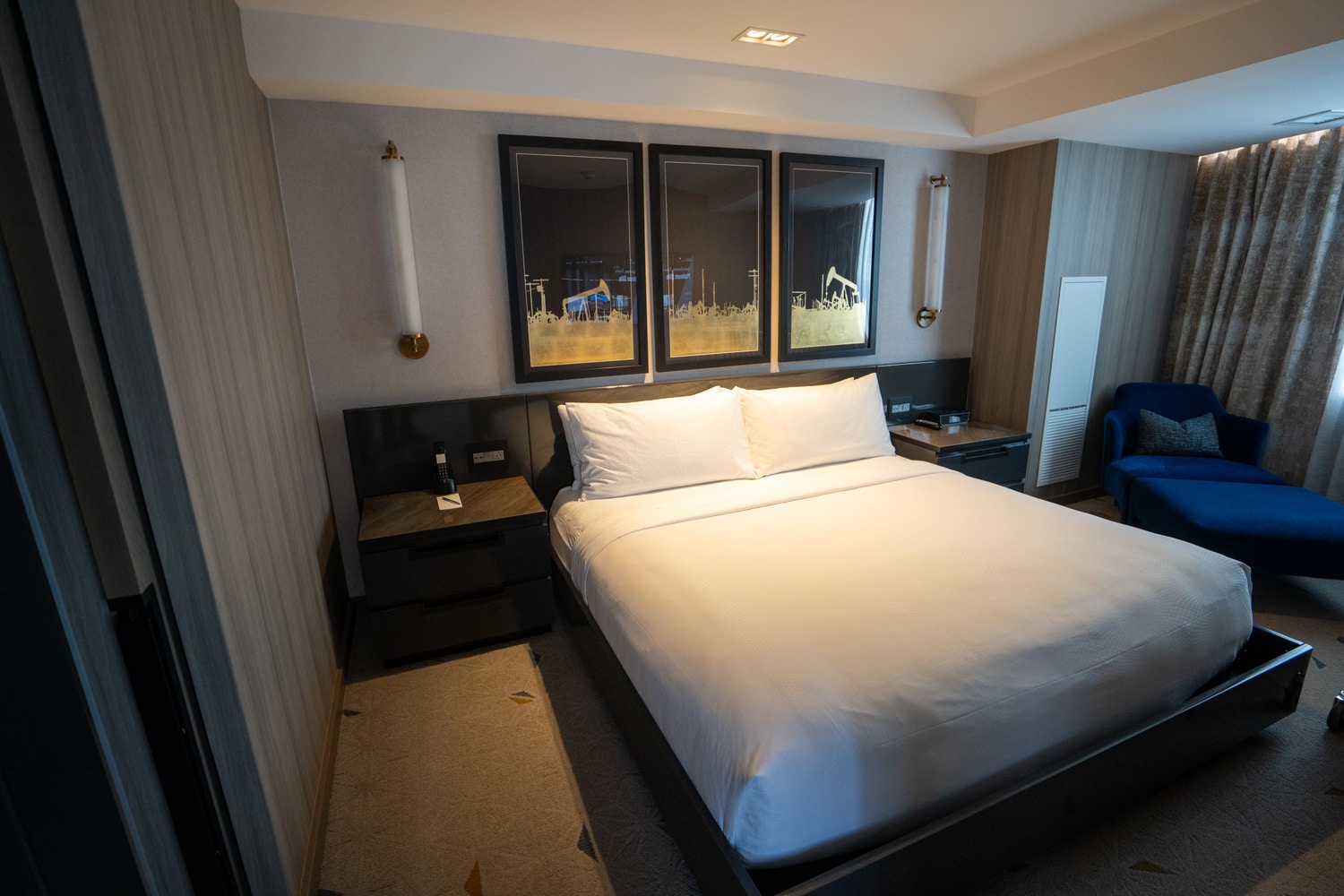
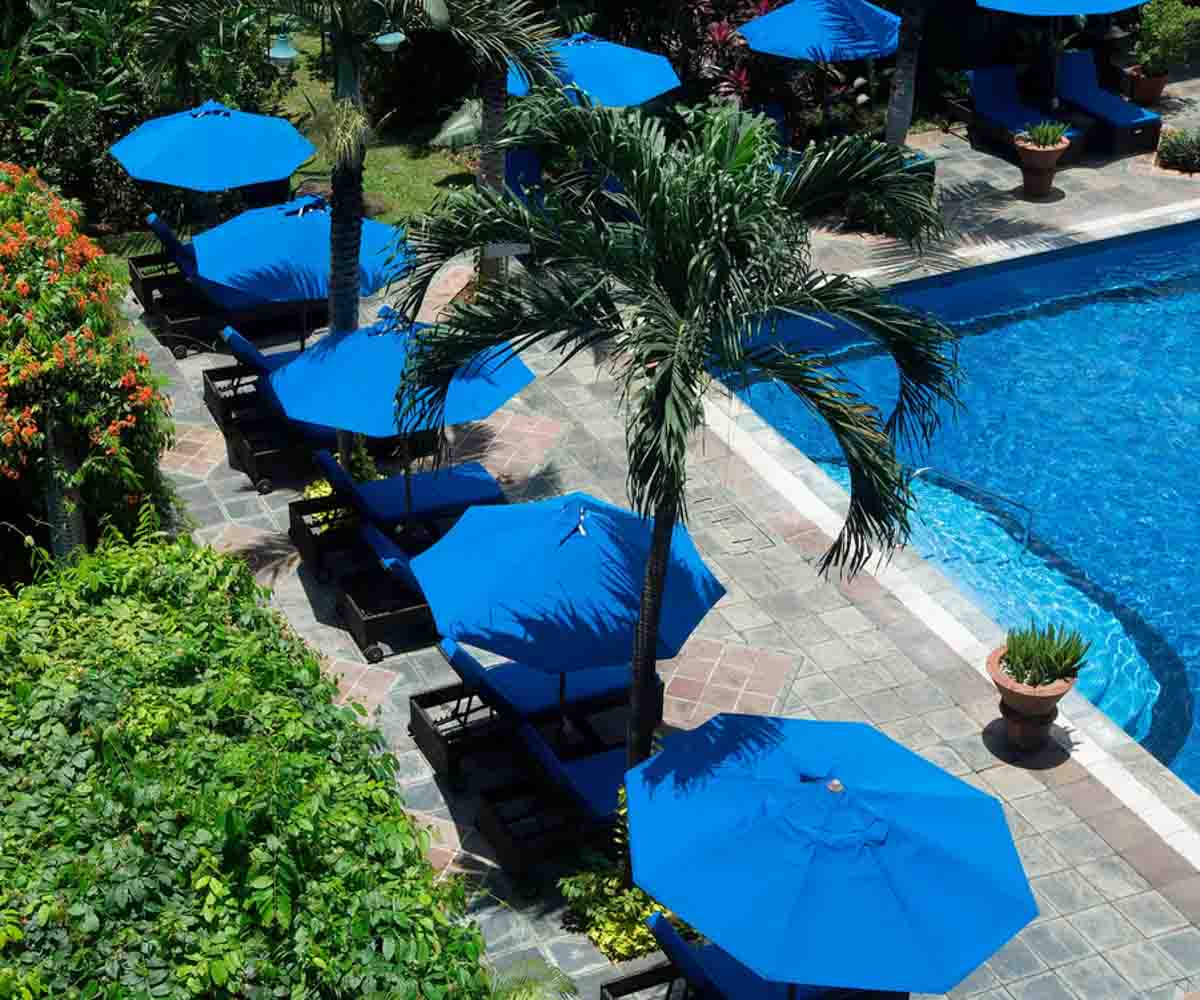
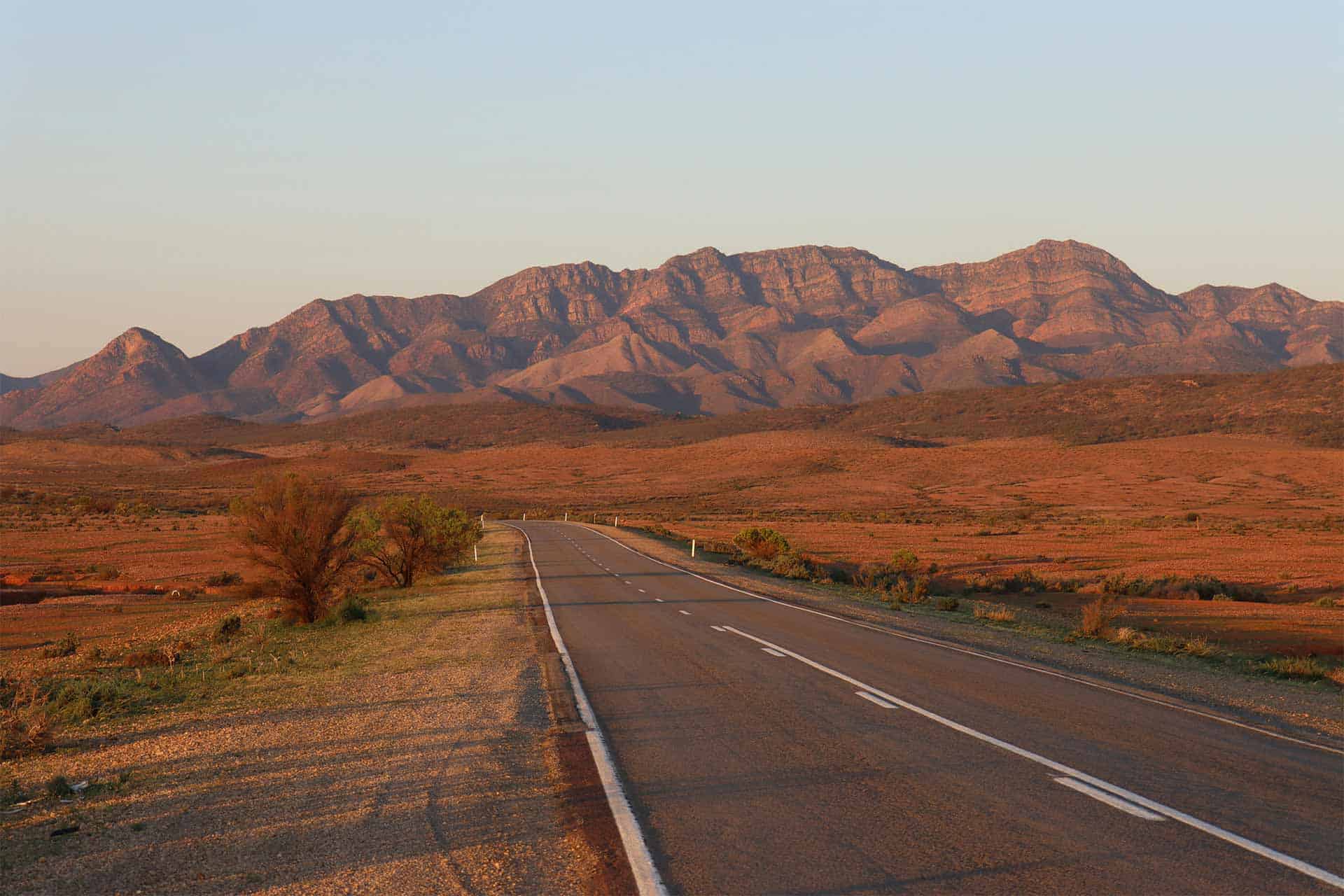
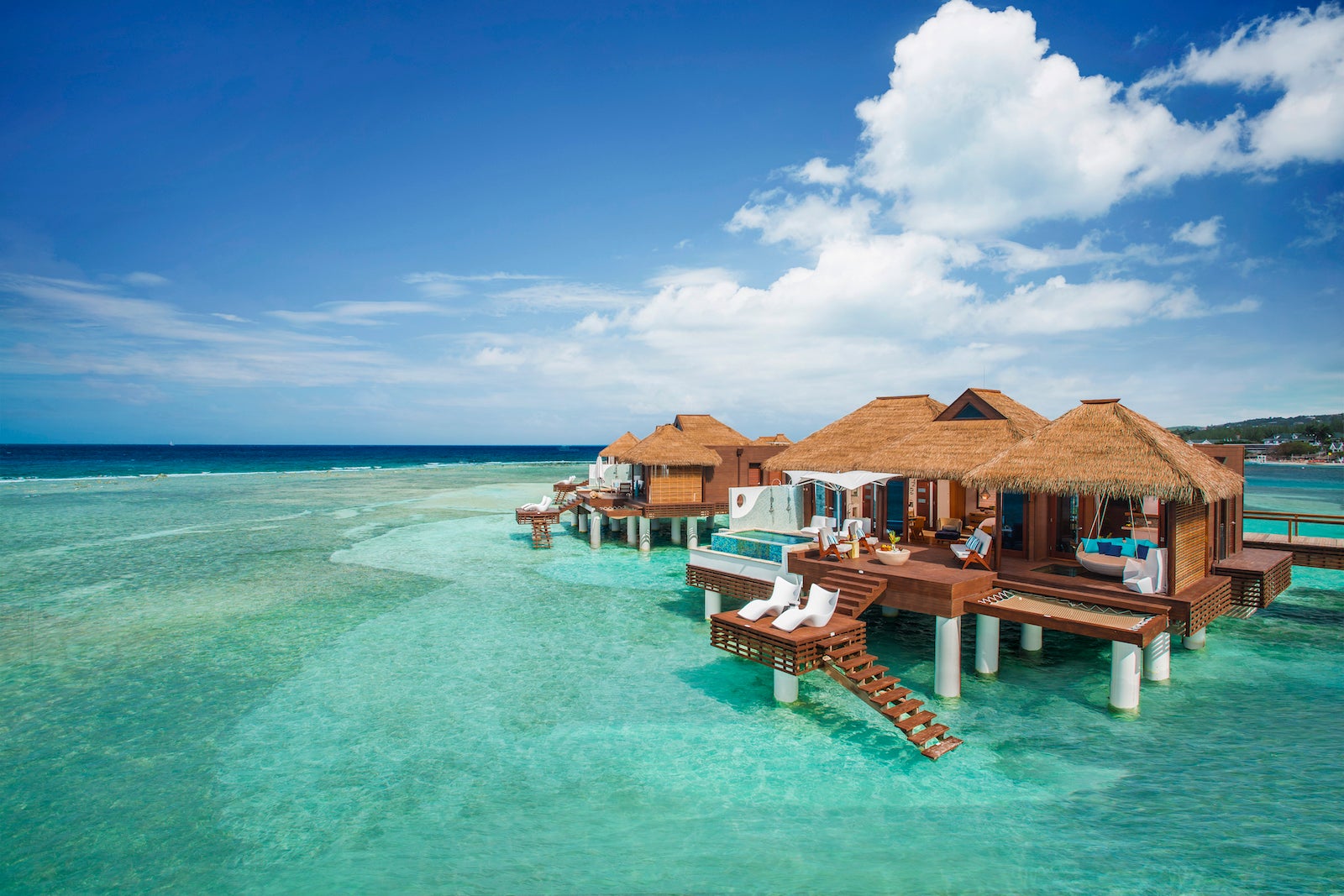
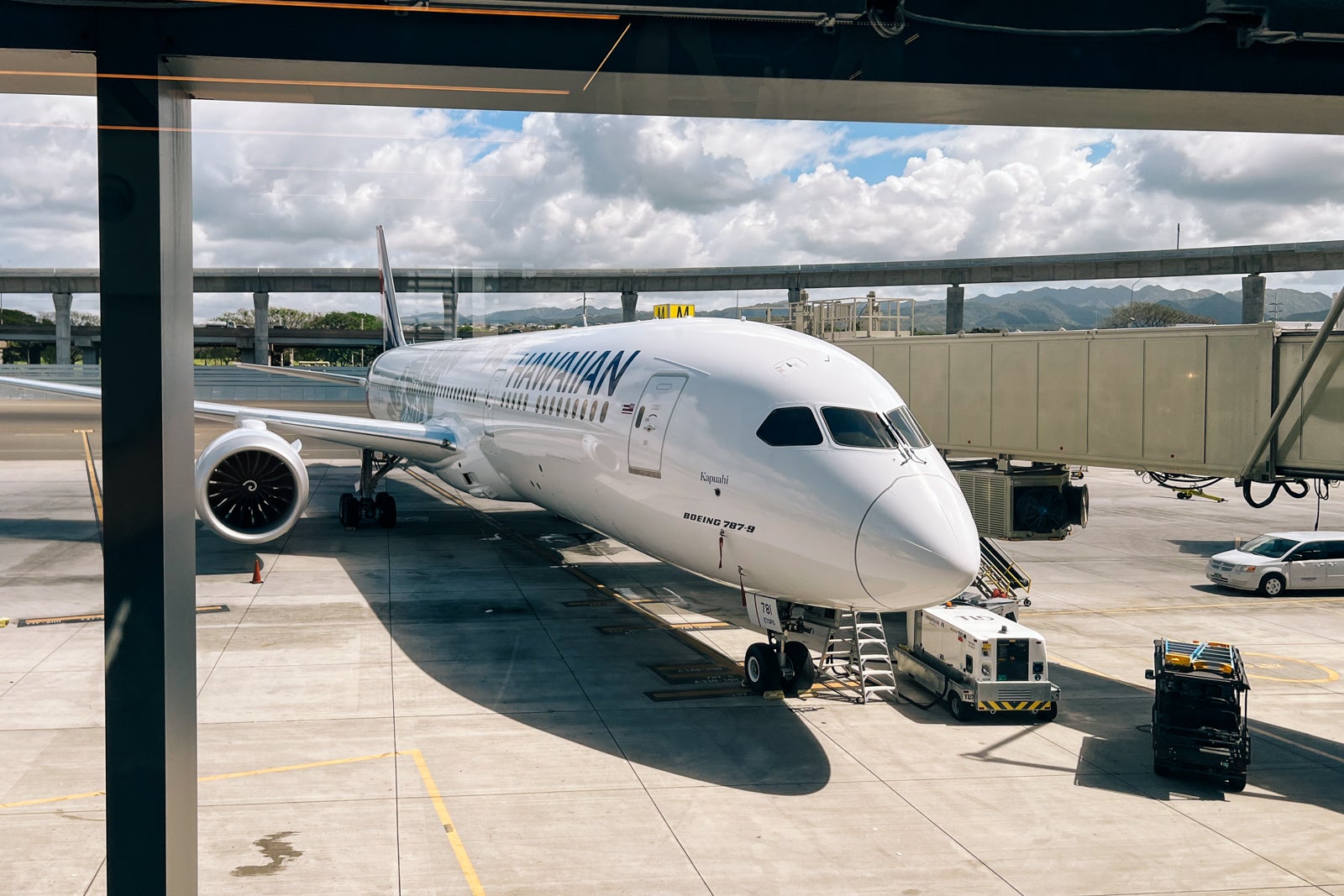
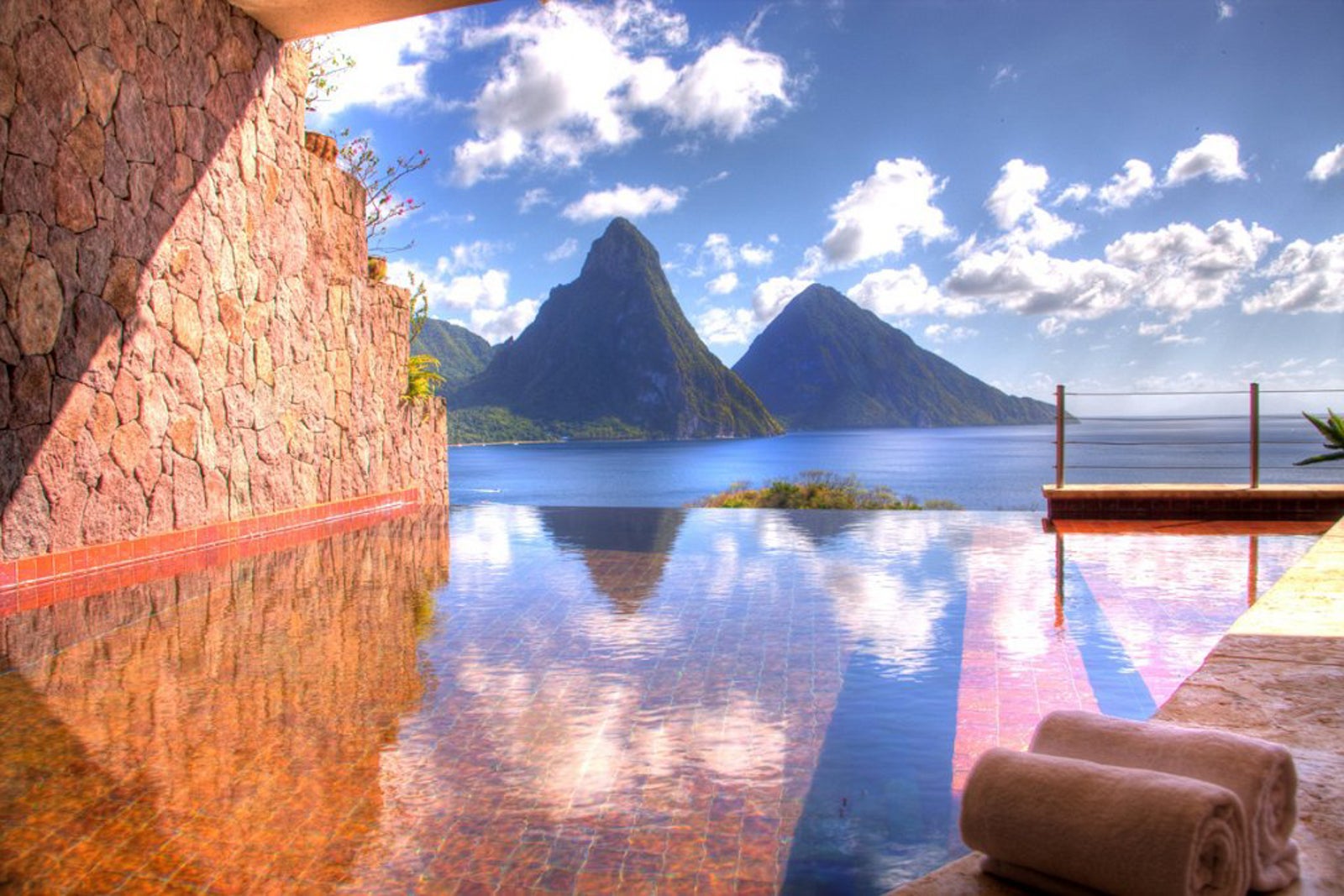





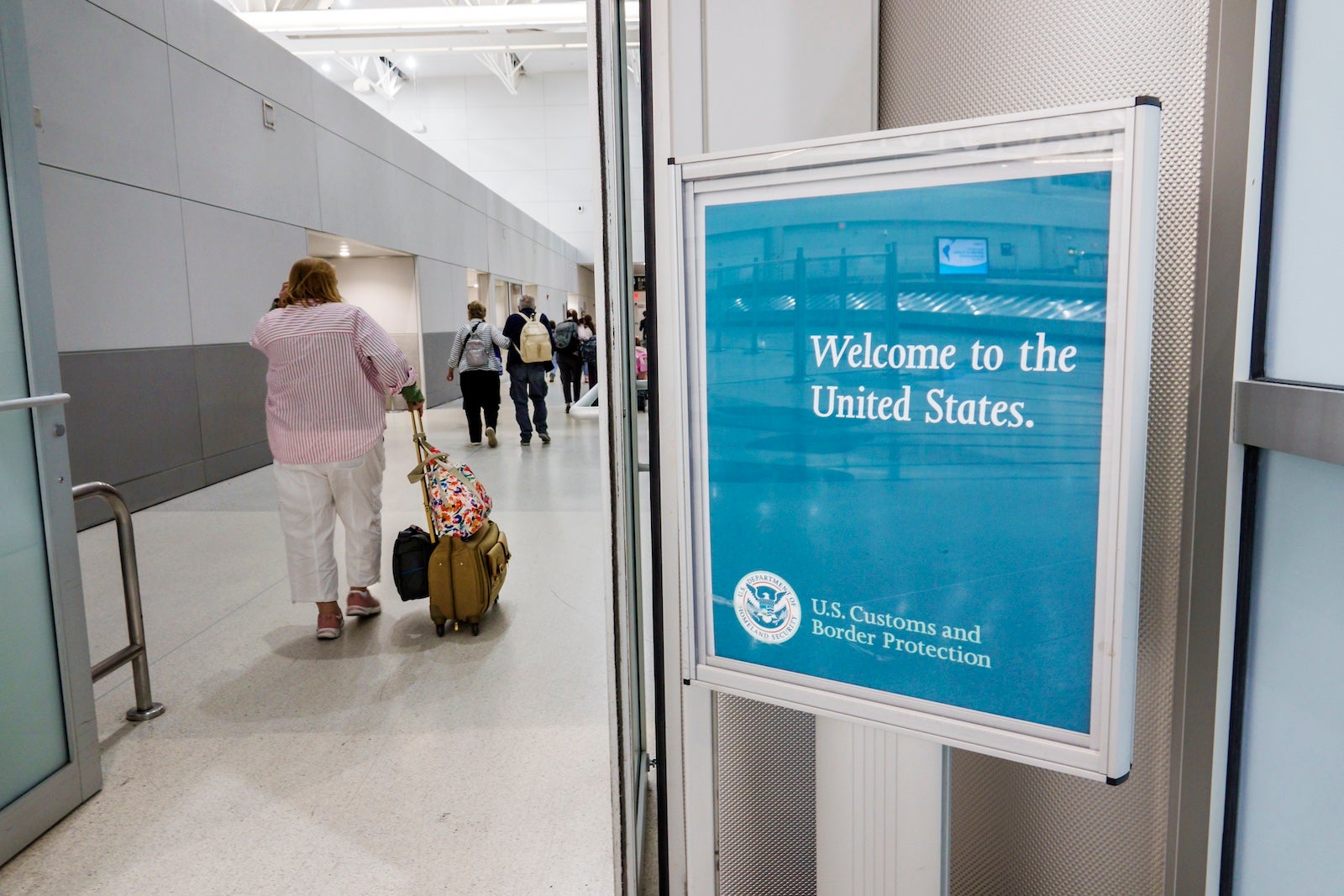

 English (US) ·
English (US) ·